Share the post "Future City Competition – Engineering Challenge for Middle School Students"
The following is a sponsored post in partnership with iConnect
Have you ever wondered what would happen if the future of your city was left in the hands of a group of middle school students? This may sound like a strange question, but this has fueled a popular hands-on STEM competition for a quarter of a century.
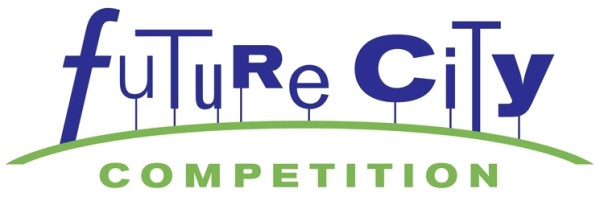
Since 1992 Future City Competition has been challenging students to creatively problem-solve while developing engineering skills. This competition brings together 6th, 7th, and 8th grade student teams from across the globe to imagine, research, design, and build cities of the future.
Students are tasked with creatively answering the question: how can we make the world a better place? They tackle this question through the lens of a specific topic for the year. The 2017 theme, The Power of Public Space, encouraged students to design inventive, multipurpose public spaces that serve a city’s diverse community.
Last weekend I had the opportunity to attend the Future City Competition in Washington, DC during the special awards judging portion. I made my way around the ballroom of the Capitol Hilton where the 43 finalist teams representing 4 countries, set up their future city model displays. These were the top finalists narrowed down from over 40,000 student entries representing 1,350 schools across the US, Canada, China and Middle East.
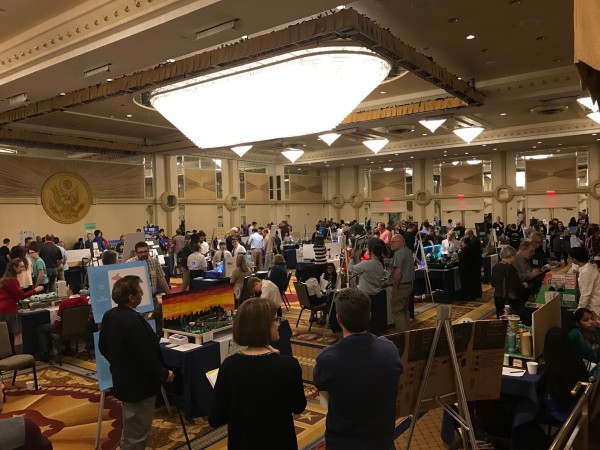
Special Awards Judging for 2017 Future City Competition
The students stood by the tabletop scale models of their future cities constructed from recycled objects. It was great to see their creativity on display, and find out more about the future cities they had designed. Each team shared a little background on their city of choice, including its modern-day (2017) name, the issues and environmental factors it faced, and then the new city name and future design.
Some teams picked major metropolises such as Tokyo, Detroit, and Shanghai, while others picked more remote locations in the dessert or on an island.
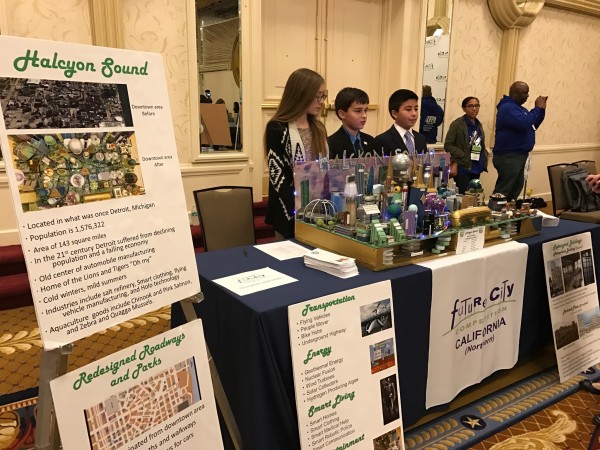
Future City Halcyon Sound created by the team from Northern CA
Many of the future city models incorporated moving pieces, lights, and flowing water. Some of the models even spun a full 360 degrees to showcase various aspects of the city elements.
Since I happen to be a DIY-upcycler enthusiast, I enjoyed seeing repurposed materials incorporated into the models. Items such as CD’s, pull tabs from aluminum cans, ink cartridges, nail polish bottles, popsicle sticks, plastic bottles, and Legos were used in the city models.
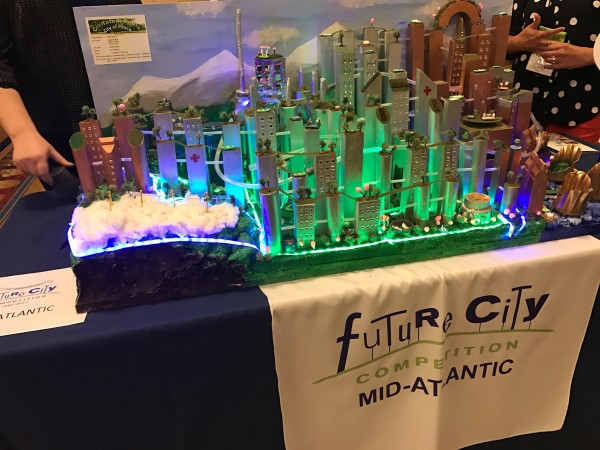
Mid-Atlantic finalist project from Edlin School students in Reston, VA
Besides creating the scale models constructed from recyclable materials, the teams were responsible for designing their virtual city with SimCity™ software and delivering a brief oral presentation. The teams were additionally required to write an essay discussing the city-wide issue, sharing their research and creative solution.
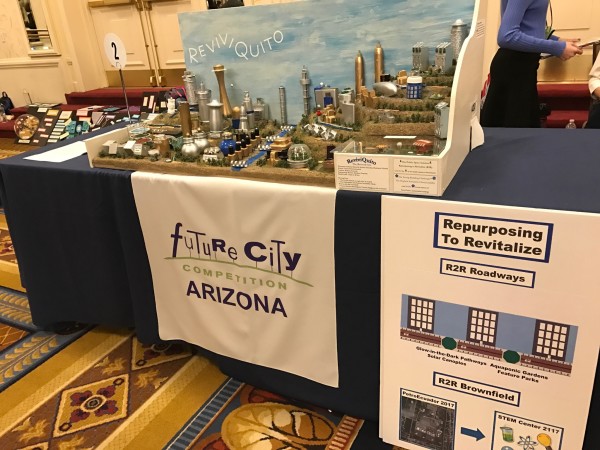
2nd place award went to the team from Gilbert, AZ future city ReviviQuito
I was impressed that finalists came from across the world and from public schools, private schools, and even home school groups. It was great to see such a wide mix of educational backgrounds involved in this popular, annual competition that culminates in Washington, DC.
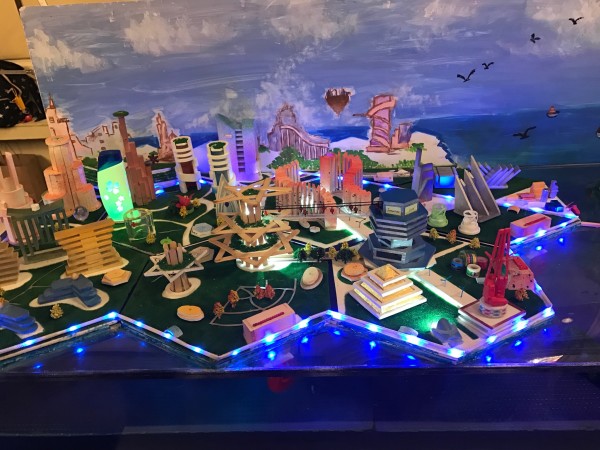
2017 Finalist city model from the Shanghai, China team
The winners of the finals competition in Washington, DC were able to take home some amazing prizes. The grand prize winning team from North Texas won a trip to US Space Camp, plus $7,500 toward their school’s STEM program. Second, third, fourth, and fifth place teams also earned scholarships for their school STEM programs.
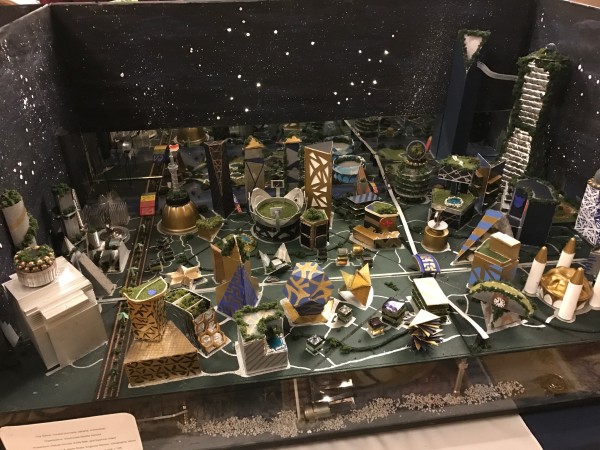
5th place award went to the Great Plains team’s future city “Teratai”
I was inspired to see a collection of so many bright young minds in one room! I think it’s safe to say that our future is bright with young, innovative thinkers and problem solvers engaged in engineering a better tomorrow. I was also pretty excited to share this competition with my son to see if he’d like to participate when he’s older.
Find out more about the DiscoverE Future City Competition by visiting FutureCity.org and be sure to check out the Facebook Live video from the final day of the 2017 competition!
This review was made possible by iConnect Influencer Management and Future City. I was compensated for my participation in this campaign, but all opinions are 100% mine.
 Welcome!
Welcome!



